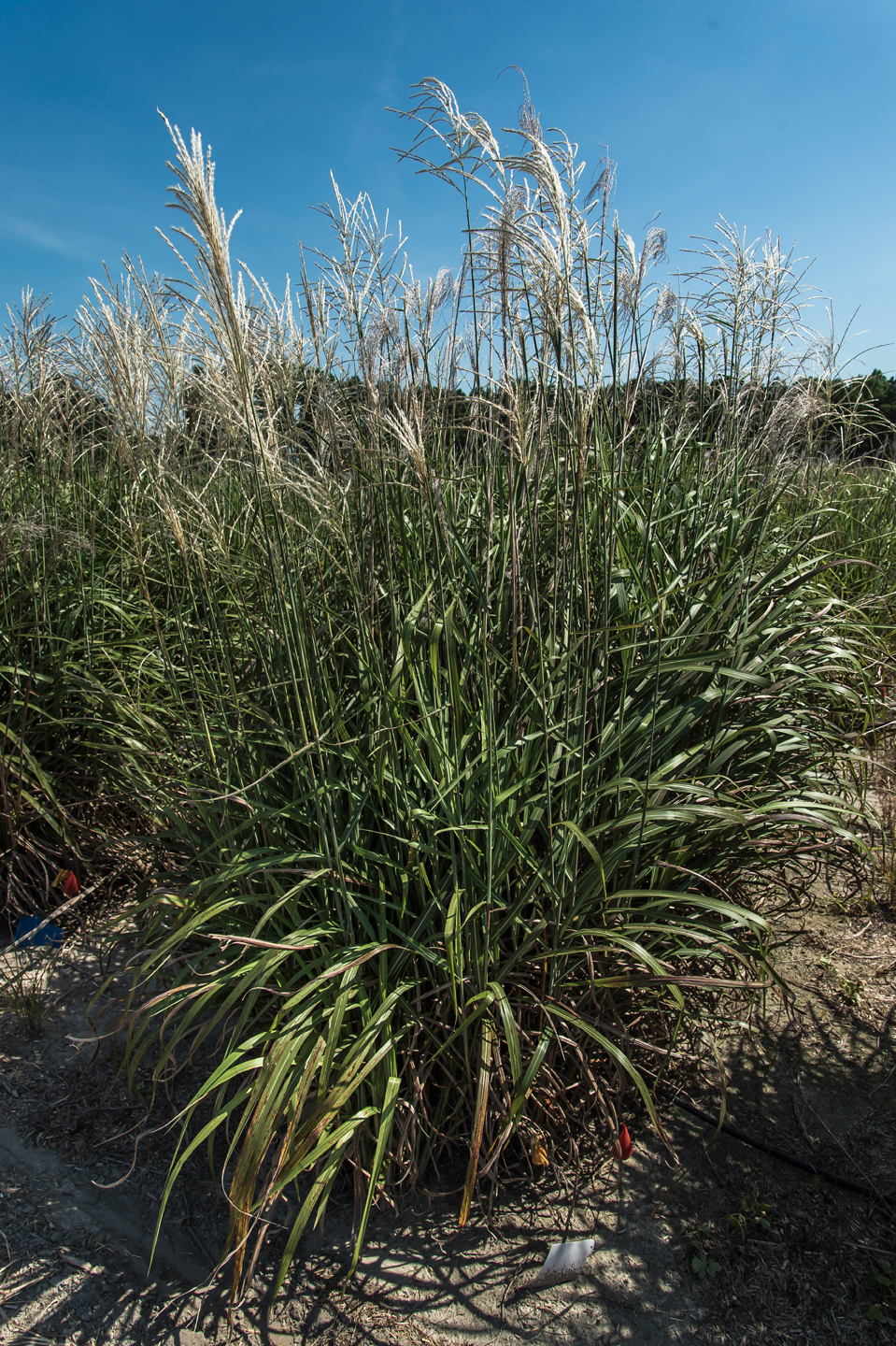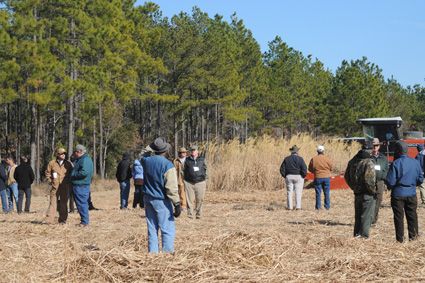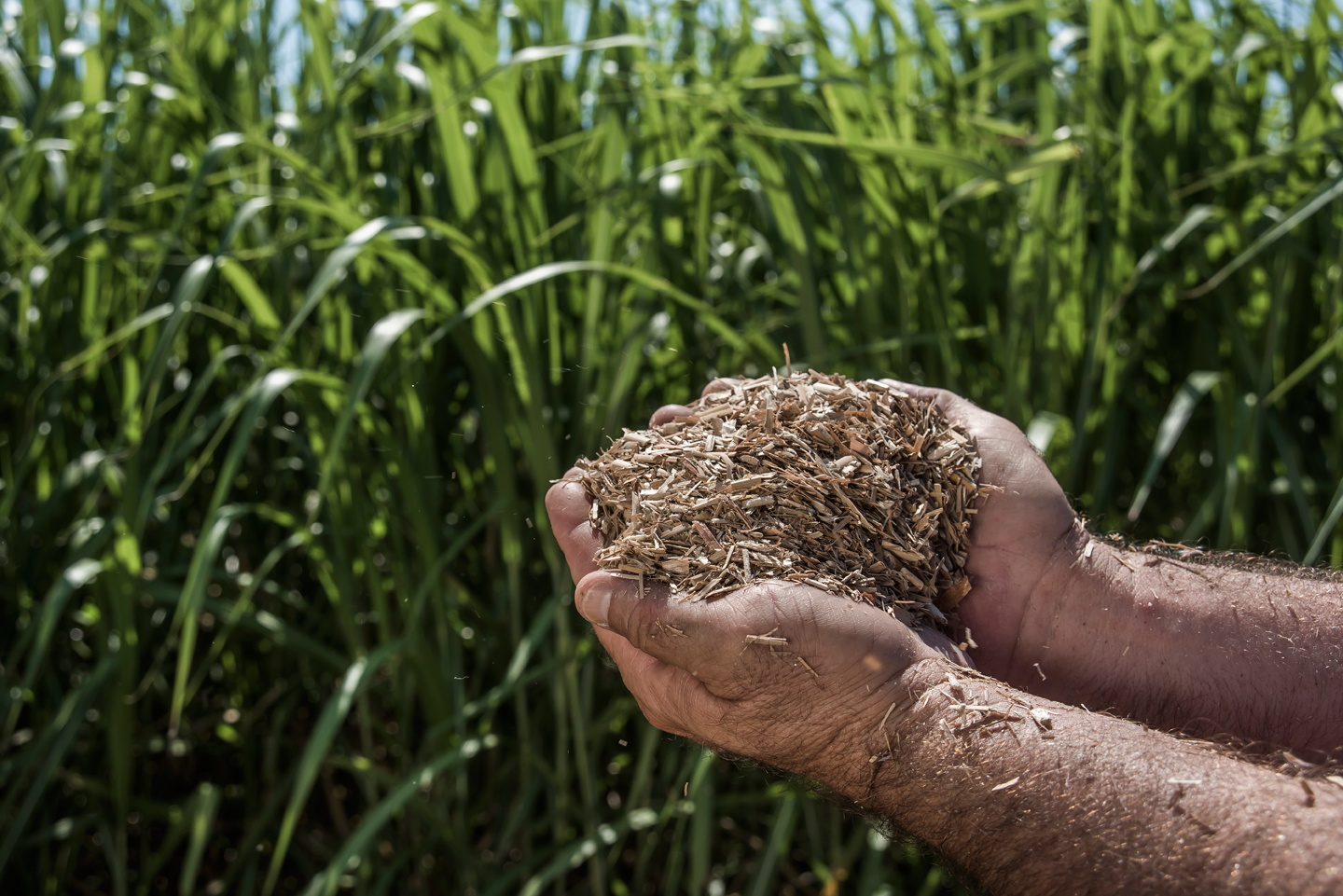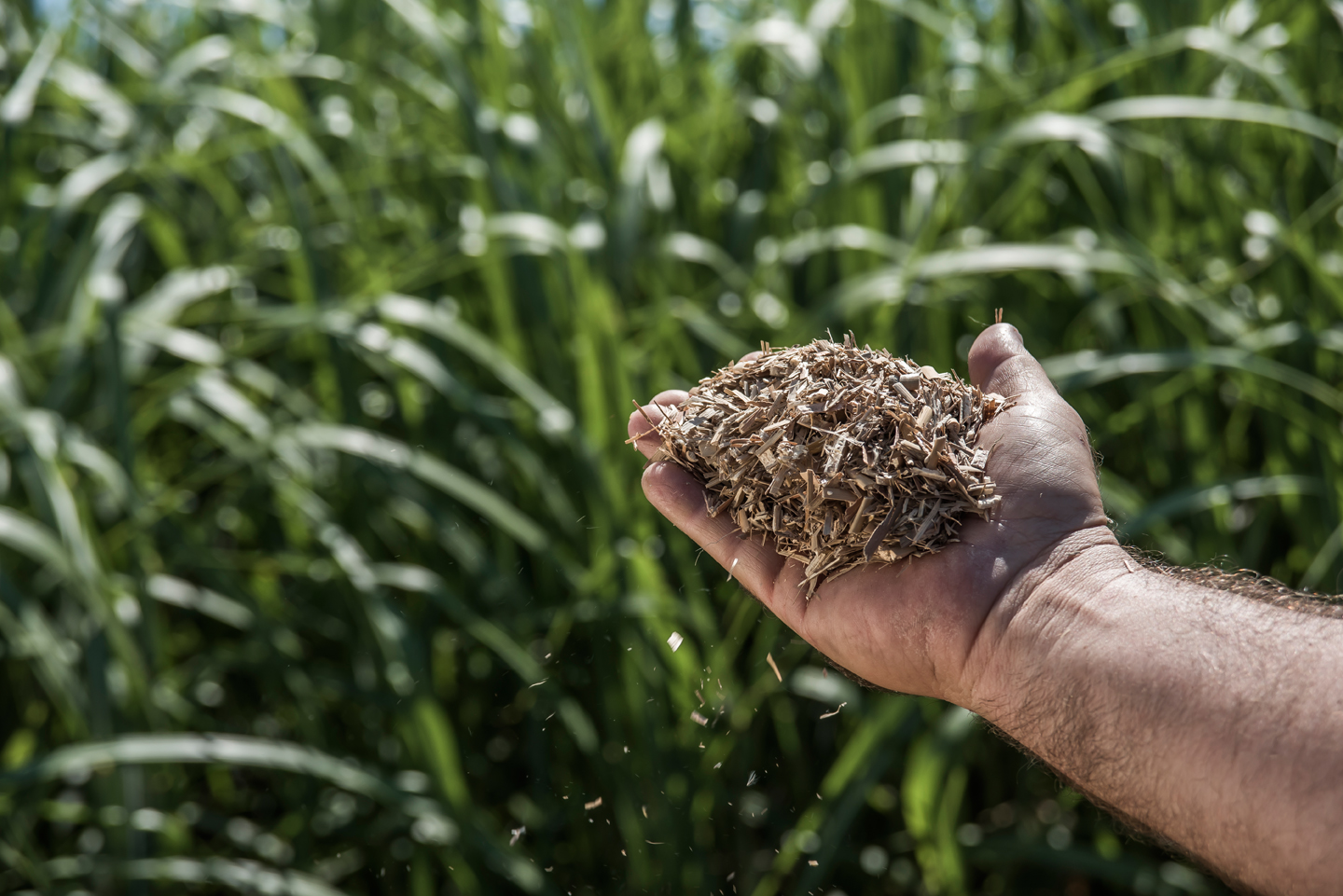
Sustainable agriculture practices are important to meet future societal needs for food, fiber and energy.
“Sustainable agriculture” was addressed by Congress in the 1990 “Farm Bill” [Food, Agriculture, Conservation, and Trade Act of 1990 (FACTA), Public Law 101-624, Title XVI, Subtitle A, Section 1603 (Government Printing Office, Washington, DC, 1990) NAL Call # KF1692.A31 1990]. Under that law, “the term sustainable agriculture means an integrated system of plant and animal production practices having a site-specific application that will, over the long term:
- satisfy human food and fiber needs;
- enhance environmental quality and the natural resource base upon which the agricultural economy depends;
- make the most efficient use of nonrenewable resources and on-farm resources and integrate, where appropriate, natural biological cycles and controls;
- sustain the economic viability of farm operations; and
- enhance the quality of life for farmers and society as a whole.”
Why Giant Miscanthus

SOCIAL
Highly Efficient Non-Food Crop
- Perennial Grass: Plant once, stand lasting over 20 years.
- Minimal nutrient, water and herbicide/pesticide requirements.
- Heat and drought tolerant.
New market opportunities
- Creates jobs for the bio-economy.
Alternative for marginal and under-utilized land

ENVIRONMENTAL
Reduced Carbon Footprint
- Removes 50% more carbon from the atmosphere and sequesters 94% more carbon in the soil than a pine plantation per acre per year.
Soil Quality
- Miscanthus ecosystems contain 67% more soil organic carbon than traditional row crop ecosystems.
Water Quality
- 90% reduction in Nitrate leaching vs traditional row crop ecosystems.
- 30-60% decrease in soil erosion vs traditional row crop ecosystems.

ECONOMIC
Price Stability
- Long term stable feedstock cost for customers.
- Stable returns for growers/landowners.
Desirable Feedstock
- Mature yields can range from 8 – 14 bone dry tons per acre. Three times more biomass per acre than pine plantation.
- Consistent composition. Low moisture, highly absorbent, low ash and mineral content.
- More than 2x achievable ethanol and MMBTU per acre compared to corn.

